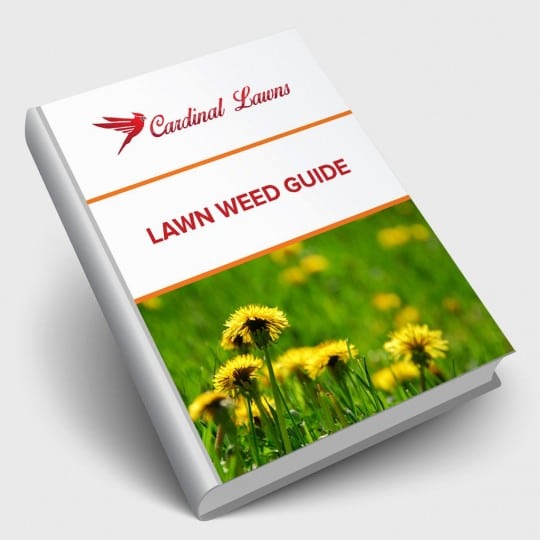5 Weed Control Categories
And Their Matching Methods of Eliminating Weeds
Posted
May 26, 2022

Many gardeners are familiar with a few basic methods of weed control, including pulling by hand or using herbicides. However, there are many other weed control categories to consider. Each one has its methods of dealing with weeds. Some are more natural than others. Some are more effective. Here’s a rundown of them all.
Weed Control Categories
Controlling weeds is not a new topic for gardeners, but some of the following categories may not be considered as often as others:
- Preventative
- Cultural
- Mechanical
- Biological
- Chemical
The category you choose depends largely on the types of weeds you’re trying to control and the environment you live in. The size of the area also plays a role, as you wouldn’t need large machinery to take care of a small garden. Let’s explore each category a little closer to determine what may be the best one for you.
Preventative Weed Control
Whether you’re working in a pasture or a greenhouse, anyone can use preventative measures to help control weeds. Some of these measures include:
- Starting with weed-free seeds.
- Cleaning any tools or equipment before and after use.
- Screening irrigation systems to help prevent weed seeds from traveling through.
When done correctly, preventative weed control should help limit the number of weeds, but it may not eliminate them. This is when another category may come in handy.
Cultural Weed Control
Some may see cultural control as part of preventative measures since it involves maintaining the area to the point where weeds are less likely to become established. This means making sure soil is fertile, crops are rotated, and fields aren’t overgrazed. By creating and maintaining the right environment for plants to thrive, you limit the space for weeds to grow.
Mechanical Methods of Control
This category includes any method of weed control that requires the use of farm or garden equipment. This covers mowing, tilling, raking, digging, plowing, and yes, even hand-pulling. Usually, the larger the area that needs attention, the larger the machine needs to be for effective results.
Biological Weed Predators
Sometimes it’s best to let nature take its course, which may mean using more natural methods of getting rid of weeds. Farmers often use grazing sheep and goats to keep fields of weeds at bay. There are also certain insects, such as moths and beetles, that feed on certain weeds. Certain types of bacteria and fungi have also been used to help control weeds. Even though these methods may be more natural, they can also be harder to control. You also don’t want to introduce any biological element that may harm other aspects of the area, such as eating or killing plants you want to keep.
Chemical Control
This is where herbicides come in. Chemical methods of weed control come in both pre- and post-emergent formulas. There are selective solutions for a particular plant or non-selective that are known to kill whatever it comes in contact with. You can spray a liquid or spread a granular product. However, it needs to be done carefully so as not to negatively impact surrounding plants or other living things. It also helps when you catch a weed in its early stages. This way you may be only controlling a small area instead of an entire pasture.
Professional Weed Management
Knowing the plant life cycle, environmental factors, size of the treatment area, and general objectives all contribute to the success of managing weeds. This is why many people turn to professional companies to help. It starts with proper identification and area evaluation before a plan is put in place. Then it’s not only choosing the right method, but the ongoing maintenance to ensure the same issues don’t arise again. For controlling weeds in your area, contact the experts at Cardinal Lawns today for a consultation.

Download Your FREE Lawn Weed Guide
Before weeds take over your yard this season, learn to identify and prevent them in the first place. Keep your lawn looking great all year!